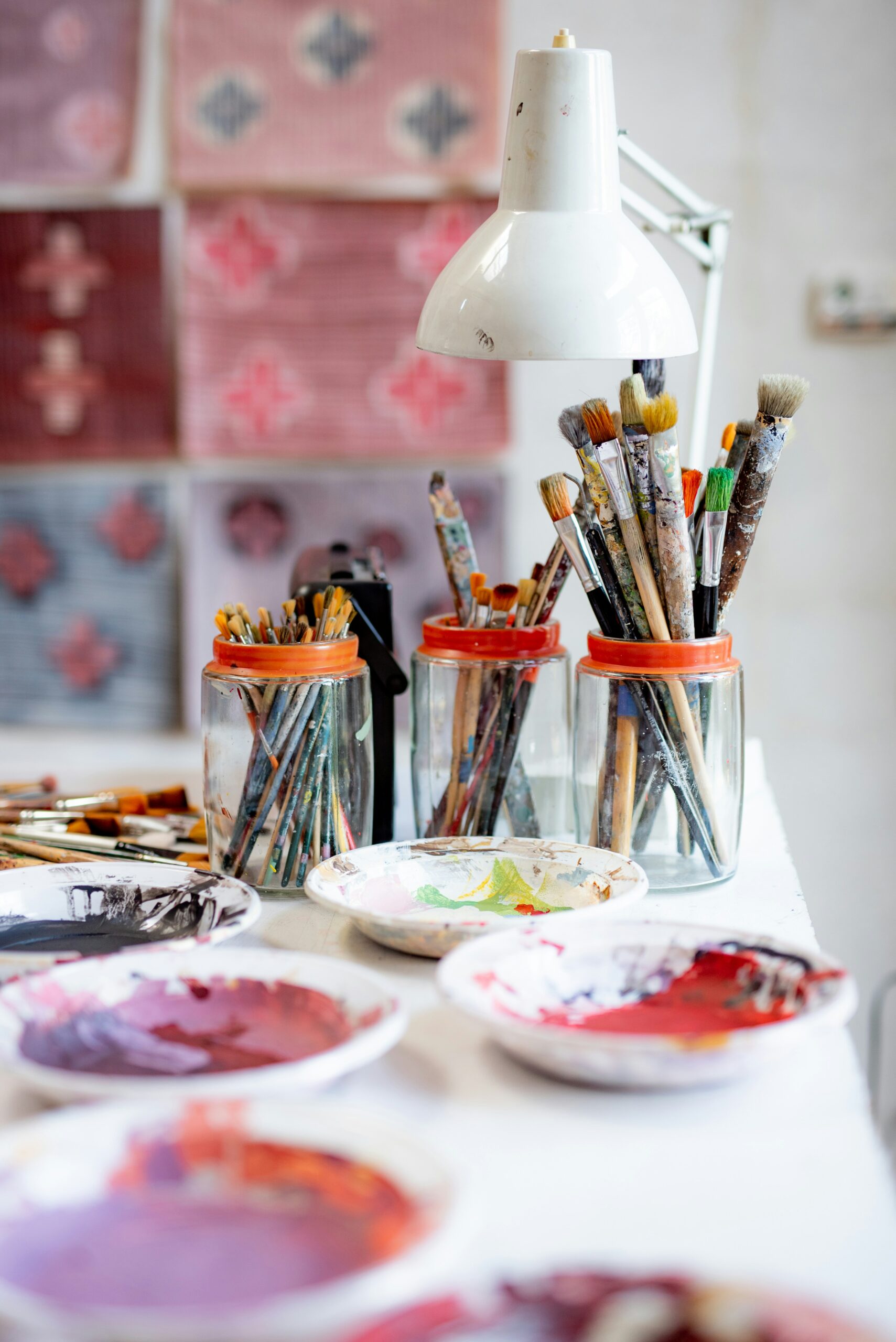
Art has long been a medium for self-expression, but its power to create lasting change goes far beyond personal fulfillment. In communities across the globe, artists are not just creators but catalysts for transformation. Creative expressions can foster understanding, provide solace in times of turmoil, and inspire action through visual arts, music, theater, or dance. This article explores the profound impact of art on communities and why honoring the contributions of artists is essential for a stronger, more inclusive society.
The Role of Art in Community Building
Art plays an essential role in community building, helping to create spaces where people can connect, share ideas, and express their identities. In urban and rural settings alike, public art projects can serve as visual representations of shared values and histories. Murals, sculptures, and installations offer unique opportunities for artists to engage with local cultures and create works that resonate deeply with those living there.
By promoting an understanding of diverse experiences, art fosters dialogue among community members from various backgrounds. When people gather to appreciate a mural, attend a concert, or view a performance, they’re not just participating in a cultural event—they’re taking part in something larger than themselves. Art is a robust connector, creating an emotional bond that transcends differences and strengthens collective identity.
Art as a Source of Social Change
Beyond community engagement, art has the potential to drive social change. Historically, artists have been at the forefront of justice, equality, and human rights movements. From protest songs to visual activism, art has been a tool for challenging oppressive systems and advocating for marginalized communities. This way, art can mirror society’s flaws, urging individuals to rethink their values and behaviors.
The influence of art in social movements is not limited to any one era or region. Throughout history, political unrest has been met with a wave of artistic expression as artists respond to societal challenges. Today, the tradition continues with artists using their platforms to address racial inequality, climate change, and poverty. By confronting these global challenges through their work, artists give voice to the unheard and offer a medium through which the community can join forces for positive change.
Inspiring Future Generations through Artistic Mentorship
An often overlooked aspect of art’s impact on communities is the role of mentorship. Many established artists devote time and energy to mentoring younger generations, passing on their knowledge, skills, and passion. This relationship helps nurture future talent and guides aspiring creatives who may not have access to formal art education. Mentorship benefits individual artists and strengthens the broader cultural landscape by fostering innovation and diversity.
Through mentorship, artists create a ripple effect beyond their work. They empower young people to pursue their artistic dreams, potentially sparking a new wave of creativity that can influence their communities for years. As these young artists mature, they may carry forward the lessons they learned, becoming the next leaders in their respective fields and continuing the cycle of art-driven community impact.
Recognizing the Value of Artistic Contributions
For art to continue its vital role in strengthening and inspiring communities, society must recognize the value of artistic contributions. This recognition goes beyond simply appreciating the aesthetic value of art; it involves understanding the profound cultural, social, and emotional benefits that art brings. By supporting artists financially, promoting their work, and providing spaces for creative expression, communities can ensure that art remains a powerful force for good.
In many cases, artists struggle with limited resources and exposure. By investing in the arts and honoring the contributions of those who shape our cultural landscape, we elevate the artists and the entire community. Art programs, public exhibitions, and artist residencies offer opportunities for exposure and growth, creating a thriving environment where artistic contributions can flourish. This investment is an investment in a healthier, more vibrant society.
Celebrating Art’s Long-Term Impact on Society
The impact of art on communities may not always be immediately visible, but its long-term effects are undeniable. Over time, art leaves a lasting legacy that shapes a community’s character and identity. The monuments, museums, and cultural institutions that emerge from artistic efforts stand as testaments to the power of creativity in enriching the human experience. They serve as touchstones for future generations, reminding them of the enduring strength of art in bringing people together and inspiring change.
As we continue to navigate a rapidly changing world, the importance of art in strengthening communities becomes ever more apparent. Art provides coping and understanding; it nurtures joy and unity in times of peace. By honoring the contributions of artists and supporting their work, we create a foundation for a more inclusive, compassionate society where creativity is celebrated as a cornerstone of progress.